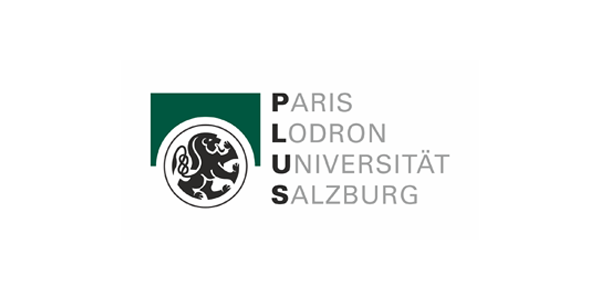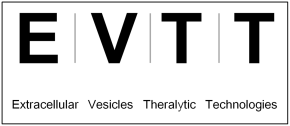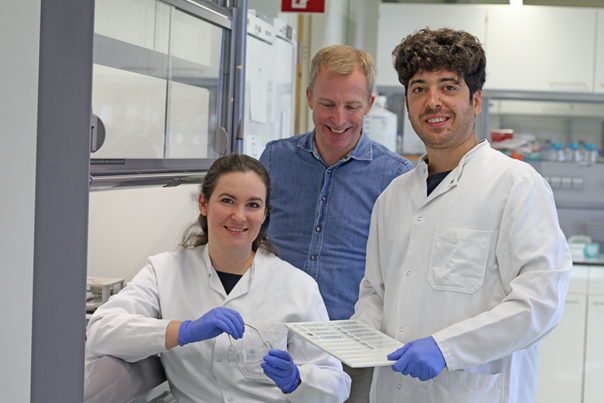Spinal cord injury (SCI) dramatically changes the life of persons affected. Although surgical interventions and patient cares greatly improved over the past decades, no curative therapy is available yet. Nevertheless, controlling the process of secondary damage taking place days and weeks after injury could significantly ameliorate the long-term functional outcomes of the patients affected.
In an actual publication in Frontiers in Cellular Neuroscience, the first authors Dr. Pasquale Romanelli and Dr. Lara Bieler (Institute of Experimental Neuroregeneration), together with several partners from the PMU and other European centers, reported that extracellular vesicles treatment significantly decrease the secondary damages and improved the recovery of motor and sensory functions in a pre-clinical model of spinal cord injury. The production of extracellular vesicles providing such a therapeutical benefit has been possible through the expertise developed at the Paracelsus Medical University by the GMP laboratory and the Research Program “Nanovesicular Therapies” (M. Gimona/E. Rohde).
Closer investigation demonstrated that injection of extracellular vesicles directly at the lesion site after spinal cord injury reduced inflammation and scarring, a situation that could increase the chance of success for follow-up regenerative therapies. With this work, the Paracelsus Medical University made one more step for the in-house development of innovative therapy for spinal cord injury.
The original study published in a special issue of Frontiers in Cellular Neuroscience entitle "Fighting for Recovery on Multiple Fronts in Spinal Cord Injury" can be found at: Frontiers | Enhancing Functional Recovery Through Intralesional Application of Extracellular Vesicles in a Rat Model of Traumatic Spinal Cord Injury | Cellular Neuroscience (frontiersin.org)












